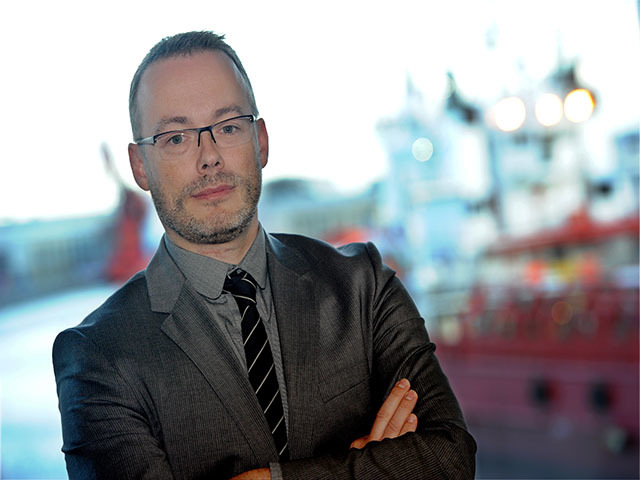
As an industry, we must always strive to be safer.
Offshore Europe poignantly chose the theme “The next 50 years” to anchor this year’s conference and rightly so.
But as recruitment, innovation and technological advancements spark debate one topic in particular deserves its place at the discussion table. It’s important to keep major accident hazard management (process safety) at the top of our agendas.
Reflecting on the changes made over the past few years will help us shape our goals for the future. In 2010, we launched our strategic plan to reduce hydrocarbon releases by 50 per cent.
We achieved a 48 per cent reduction. It was below target but represents a considerable achievement through the collaborative efforts of Step Change in Safety’s Asset Integrity Steering Group. Together they identified, collated and shared good practice across the industry which has helped the drive to reduce releases.
This work is phenomenal and their efforts should be recognised as having significantly improved the oil and gas industry for the future. But we cannot become complacent. There is still a long way to go and the commitment is to reduce the number of releases by a further 50 per cent. It is important to recognise this is an aggressive target but one which I am confident will drive the further step change in the level of engagement between senior leaders and the workforce.
Everyone in the industry must continue in the pursuit to prevent hydrocarbon releases. We need both the offshore and onshore workforce to embrace joined-up thinking, value the power of collaboration and understand the importance of the individual role they have to play. Further collaboration and a willingness to share across sectors are essential to achieve the ultimate goal of zero hydrocarbon releases.
There must be unparalleled levels of openness and honesty when discussing the challenges that we have in eliminating hydrocarbon releases. This may be uncomfortable but if we are not open and honest about the situation these challenges will not be met. If we share openly, we can learn from other’s mistakes and gain from each other’s achievements.
The Piper25 conference created a tangible buzz of excitement of what can be achieved collectively as an industry. I don’t want the momentum to be lost. This is something every company should be making a clear priority. In the interest of continuous safety improvements we need to demonstrate an interest in every employee’s safety within the industry – not just our own.
In 50 years’ time, we shouldn’t be fighting the same battles. Instead, we should be able to reflect and know that new levels of safety have been possible due to the work we’re all putting in now.
After all, the only acceptable target is zero.
Recommended for you
